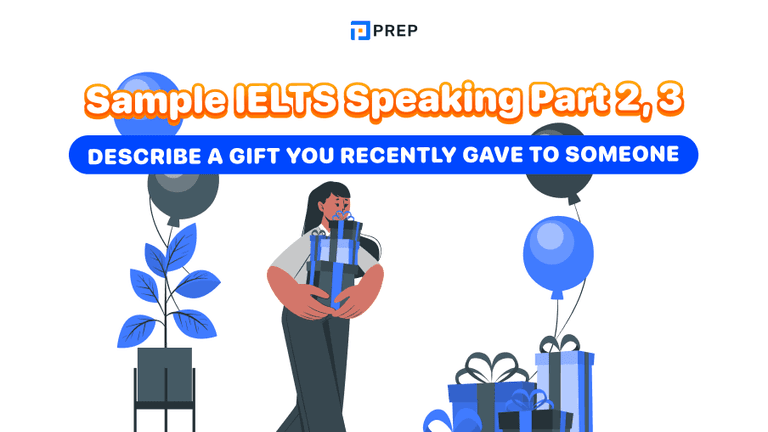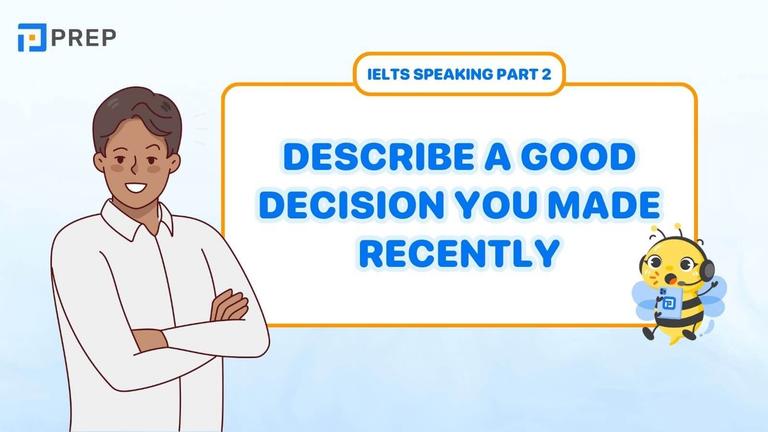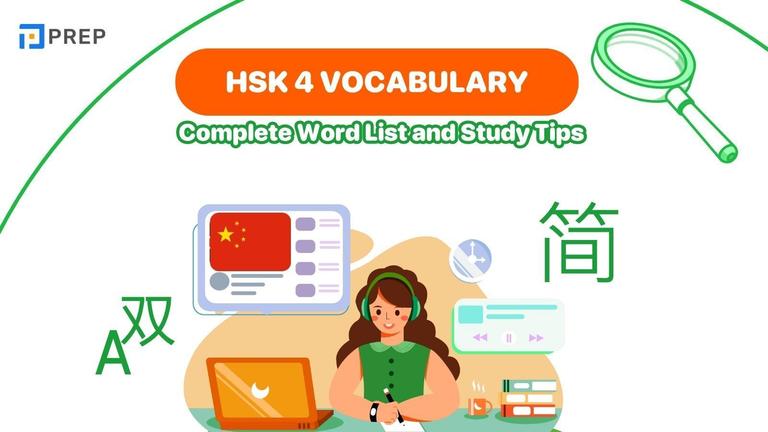Double the Last Consonant: Rules and Examples
The “double the last consonant” rule is one of the most important spelling principles in English. This guide explains when to apply it, how stress and syllable patterns affect doubling, and the key exceptions you need to know—with practical examples and exercises to practice.

I. What is Double the Last Consonant?
“Double the last consonant” is a common spelling rule in English that tells us when to repeat (double) the final consonant of a word before adding a suffix like -ing, -ed, -er, -est, -y, or sometimes -ish. It helps preserve the original pronunciation of a word by maintaining the correct syllable stress and vowel sound.
To apply this rule correctly, it’s important to distinguish:
-
Consonants: Letters that are not vowels (e.g. b, d, g, l, m, n, p, r, t...).
-
Vowels: Letters a, e, i, o, u — these influence the syllable structure and stress patterns in a word.
When you add a suffix to a word that follows a specific letter pattern and stress pattern, doubling the final consonant:
-
Prevents a change in pronunciation (e.g. run → running, not runing)
-
Preserves the original short vowel sound (e.g. plan → planned, not planed)
-
*Prepares the word to absorb a new syllable without shifting its stress
Spelling rules like this are especially important in:
-
IELTS/TOEFL writing tasks, where correct spelling affects your score.
-
Business and academic emails, where mistakes can appear unprofessional.
-
Daily communication, helping learners write more confidently and clearly.
By mastering when and why to double the last consonant, you’ll improve both your written accuracy and spoken clarity in English.

-
For a full overview of sound patterns and spelling interactions, see english pronunciation rules.
1. When Do You Double the Last Consonant?
You double the last consonant before adding a suffix (like -ing, -ed, -er, -est) when a word follows the CVC pattern and certain rules about syllable stress. Let’s break it down step by step so you can apply it with ease.
The Basic CVC Pattern Rule
CVC stands for Consonant–Vowel–Consonant.
You double the final consonant when:
-
The word has only one syllable
-
The word ends in a CVC pattern (e.g., run, hop, sit)
-
The suffix begins with a vowel (e.g., -ing, -er, -ed)
Examples:
|
Base Word |
Suffix |
Correct Form |
|
run |
-ing |
running |
|
stop |
-ed |
stopped |
|
big |
-er |
bigger |
|
plan |
-ing |
planning |
One-Syllable vs Multi-Syllable Words
The rule changes slightly with multi-syllable words, depending on where the stress falls.
-
If the final syllable is stressed, double the consonant:
-
admit → admitted
-
prefer → preferred
-
-
If the stress is not on the final syllable, don’t double the consonant:
-
visit → visited
-
open → opening
-
|
Word |
Stress Position |
Add -ed |
Final Form |
|
admit |
last syllable |
-ed |
admitted |
|
visit |
first syllable |
-ed |
visited |
Common Suffixes That Trigger Doubling
Double the final consonant when adding the following suffixes, if the CVC + stress rule is met:
|
Suffix |
Function |
Example |
|
-ing |
Present participle / gerund |
run → running |
|
-ed |
Past tense |
stop → stopped |
|
-er |
Comparative / agent noun |
big → bigger |
|
-est |
Superlative |
slim → slimmest |
|
-y |
Adjective formation |
sun → sunny |
|
-ish |
Approximate quality or nationality |
red → reddish |
Understanding these conditions helps you avoid spelling mistakes and strengthens your writing accuracy, especially in timed exams and written communication — consult a pronunciation dictionary in english for pronunciation verification.

2. Exceptions to the Double Consonant Rule
While the double consonant rule generally follows recognizable patterns, there are several important exceptions. These exceptions often involve how a word ends, the number of syllables, or differences between British and American spelling conventions.
Words Ending in “w,” “x,” or “y”
Even if they appear to follow the consonant–vowel–consonant (CVC) pattern, words ending in w, x, or y typically do not double the final consonant when adding suffixes.
|
Base Word |
Suffix |
Correct Form |
|
snow |
-ing |
snowing |
|
new |
-est |
newest |
|
fix |
-ed |
fixed |
|
box |
-ing |
boxing |
|
mix |
-ed |
mixed |
|
play |
-er |
player |
|
enjoy |
-ing |
enjoying |
|
delay |
-ed |
delayed |
These final consonants function differently from other consonants in English spelling. The w and y are often treated as semi-vowels, while x already represents a double sound (/ks/) and does not take an extra consonant.
Multi-Syllable Words with Weak Stress on the Final Syllable
In multi-syllable words, you only double the final consonant if the stress falls on the last syllable. If the stress is on an earlier syllable, do not double the consonant.
|
Base Word |
Stress Position |
Suffix |
Correct Form |
|
visit |
first syllable |
-ed |
visited |
|
open |
first syllable |
-ing |
opening |
|
benefit |
first syllable |
-ed |
benefited |
|
limit |
first syllable |
-ing |
limiting |
|
happen |
first syllable |
-ed |
happened |
|
listen |
first syllable |
-er |
listener |
In contrast, if the stress is on the final syllable, you do double the consonant:
|
Base Word |
Stress Position |
Suffix |
Correct Form |
|
admit |
final syllable |
-ed |
admitted |
|
prefer |
final syllable |
-ing |
preferring |
|
control |
final syllable |
-ed |
controlled |
|
regret |
final syllable |
-ing |
regretting |
Understanding the stress pattern helps determine whether or not doubling is necessary. This is especially important with verbs.
British vs American Spelling Differences
English spelling rules vary slightly between British and American usage, especially when it comes to doubling the letter “l” in longer words.
|
Verb |
UK Spelling (Double “l”) |
US Spelling (One “l”) |
|
travel |
travelled |
traveled |
|
cancel |
cancelled |
canceled |
|
enrol |
enrolment |
enrollment |
|
label |
labelling |
labeling |
|
fuel |
fuelled |
fueled |
|
model |
modelling |
modeling |
|
quarrel |
quarrelled |
quarreled |
|
signal |
signalling |
signaling |
|
marvel |
marvelled |
marveled |
These differences are stylistic, not grammatical. When writing for international tests, such as IELTS (British English) or TOEFL (American English), follow the spelling norms of the test provider or your institutional preference.
If you’d like a recommended reading list, see english pronunciation books.
II. Practice Exercises – Test Your Understanding
Now that you’ve reviewed the rules and exceptions of doubling the final consonant, it’s time to test yourself. Practice is essential for moving from passive understanding to active accuracy—especially in writing tasks, emails, and exams.
Exercise 1. Fill in the Blanks (Add the Correct Form with the Right Spelling)
Instructions: Complete the sentences by adding the correct form of each verb in brackets. Be sure to double the final consonant only when necessary.
-
She is __________ (plan) a surprise party for her friend.
-
They __________ (stop) the game because of the rain.
-
I'm __________ (travel) to Japan next month.
-
He __________ (prefer) coffee to tea.
-
We are __________ (swim) every weekend now.
-
He is __________ (open) the store right now.
-
They __________ (visit) us last summer.
-
She is __________ (submit) her final report today.
-
The kids are __________ (hop) in the playground.
-
I __________ (admit) I was wrong.
Exercise 2. Choose the Correct Spelling
Instructions: Choose the correct form of the word to complete each sentence.
-
I was really (a) planing / (b) planning my goals carefully.
-
He has already (a) stoped / (b) stopped working.
-
She enjoys (a) travelling / (b) traveling abroad.
-
Do you like (a) swiming / (b) swimming?
-
We (a) refered / (b) referred to your note in class.
Answer
[prep_collapse_expand open_text="View more" close_text="Show less"]
|
Exercise 1 |
Exercise 2 |
|
|
[/prep_collapse_expand]
III. Start Your IELTS Journey
PREP has provided you with a basic insight into why it is necessary to double the Final Consonants and when to double the Final Consonants in English. If you want guaranteed improvement in IELTS, don’t miss these game-changing courses below:
-
IELTS training online: Mastering IELTS exam from zero to hero!

Hi I'm Chloe, and I am currently serving as an Product Content Administrator at Prep Education. With over five years of experience in independent online IELTS study and exam preparation, I am confident in my ability to support learners in achieving their highest possible scores.
Comment
Premium content
View allPersonalized roadmap
Most read












